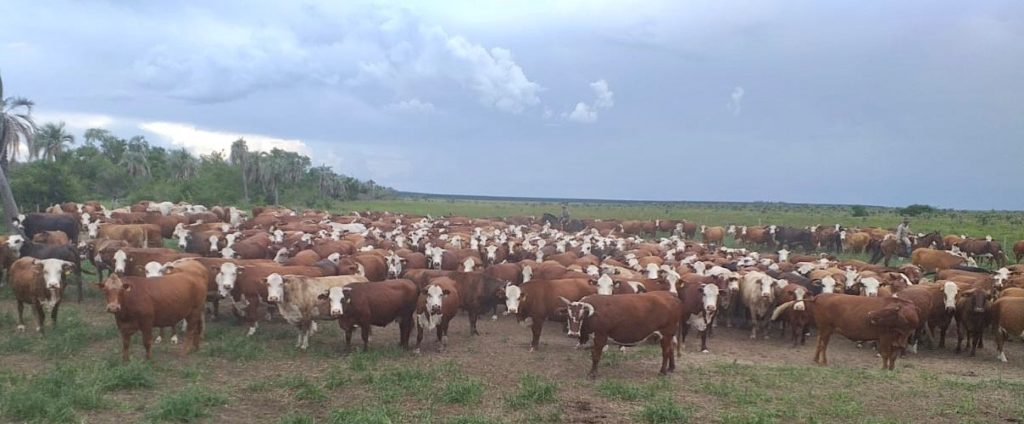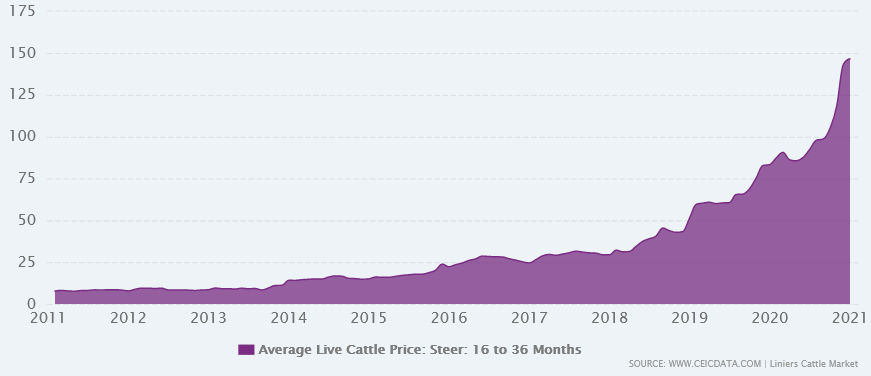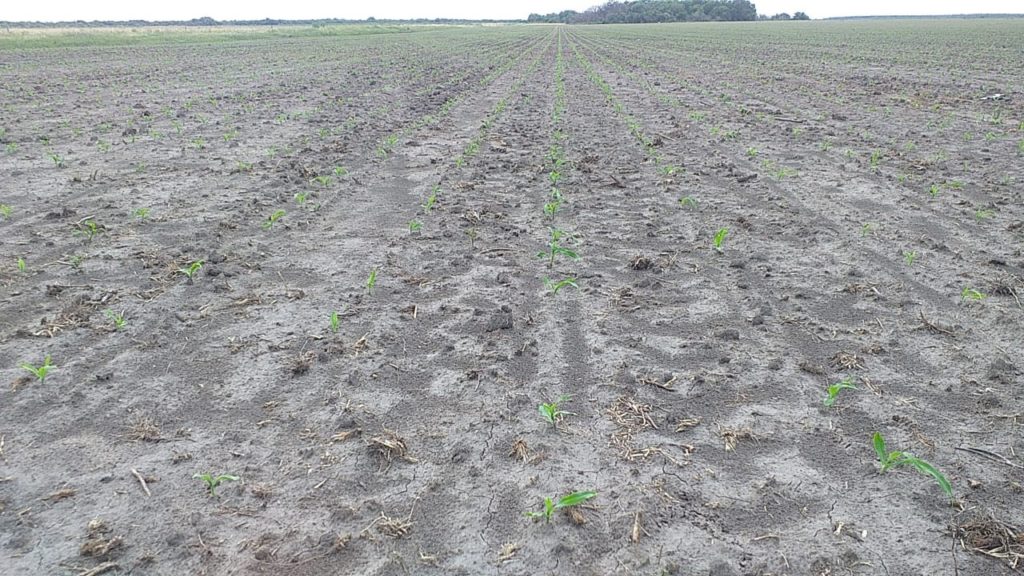Situation/weather: Even if we are in the peak of the summer, we are back to more decent conditions as we registered dense rainfalls which have immediately boosted pastures and and recharged the water reserves. Dryness faced earlier this cycle has heavily affected all farming activities in the entire the southern cone of South America (north-central and northern of Argentina, Uruguay, South of Brazil and Paraguay).

You can see our big natural lagoon with plenty of water where our cattle can again go refresh themselves. Our Australian tanks have also been fulfilled by rains. Here, you can see our latest one with a 400,000 liters capacity, powered by a solar pump which is delivering 30,000 liters of water in 8 hours.

Cattle operation: We have currently above 5,750 heads at the farm. They maintain well during the heat stress thanks to a close monitoring from the manager and his team.

Grassing areas are recovering, allowing lower food supply. The drought will however leave marks and we doubt that we can reach our annual beef production plan of 546 tons.


However, our herd is in good shape. You can see on the following pictures calves and cows – some of them are actually in service.


You will also see some very early weaning calves. Due to the drought situation, we performed it while the animals had only on average 60kg versus 100kg normally.

The good news is that all categories of cattle prices are at their historical highest. For example, you can see below the 10-years Argentina’s average live cattle price chart of steer (16 to 36 Months – in ARS denominated)

Sales abroad of Argentina’s famed red meat are at a record, fuelled by China, while domestic consumption is slumping. However, President Alberto Fernández is threatening farmers with a tax hike or quota for exports as he seeks relief for families grappling with inflation that’s forecast to reach 47% percent this year. Surging global prices for crops and a steady depreciation of the peso mean farmers are receiving good export prices, but Mr Fernández said he won’t tolerate the same dynamic locally. Several weeks ago, he banned for example shipments of corn, used as feed by livestock producers, but he backtracked later because of farmer backlash.

Finally, we have subleased this year 200 ha to a contractor to plant corn. Sowing took place in early January and the crop is developing well. We will be paid in kind (kg of corn) and this corn will then be used to supplement the cattle.
